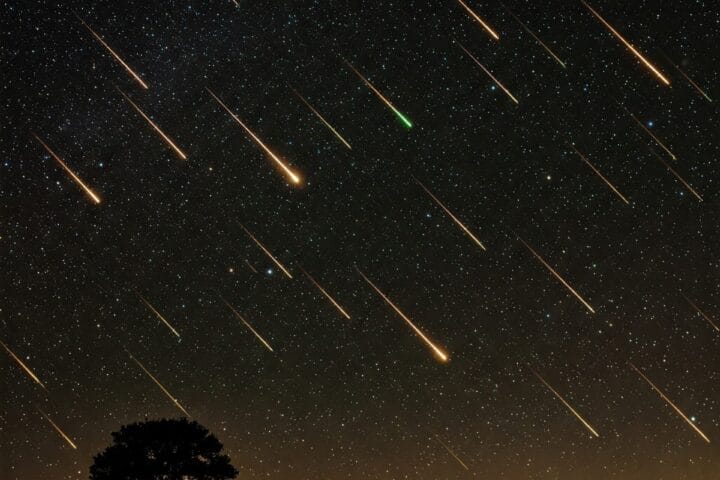The James Webb Space Telescope (JWST) can’t actually “go back in time” in the traditional sense. However, it can see objects that are so far away that the light from them has taken billions of years to reach us. This means that when we look at these objects through the JWST, we are essentially seeing them as they were billions of years ago.
This is because light travels at a finite speed. The distance between Earth and the most distant objects that the JWST can see is about 13.5 billion light-years. This means that the light from these objects took 13.5 billion years to reach us. So, when we look at these objects through the JWST, we are seeing them as they were 13.5 billion years ago.
In a sense, the JWST is a time machine. It allows us to see the universe as it was billions of years ago. This is a truly amazing feat, and it has the potential to revolutionize our understanding of the universe.
The JWST is designed to detect infrared light. Infrared light is a type of light that is invisible to the human eye. However, it can be detected by telescopes.
Infrared light is able to penetrate dust and gas, which makes it ideal for studying objects that are obscured from view by dust and gas.
The JWST’s large mirror and sensitive instruments allow it to detect very faint objects. This means that it can see objects that are too faint to be seen by other telescopes.
The JWST’s ability to “see back in time” is one of its most important features. It is this feature that will allow the JWST to make groundbreaking discoveries about the early universe.









